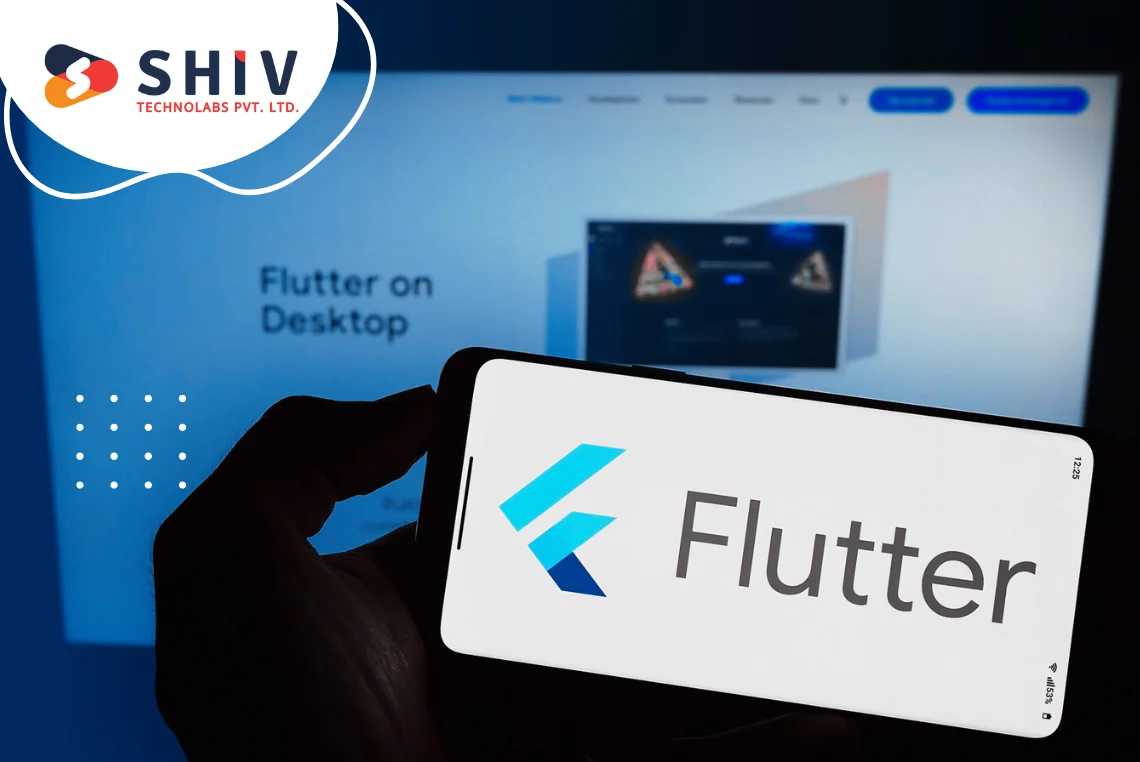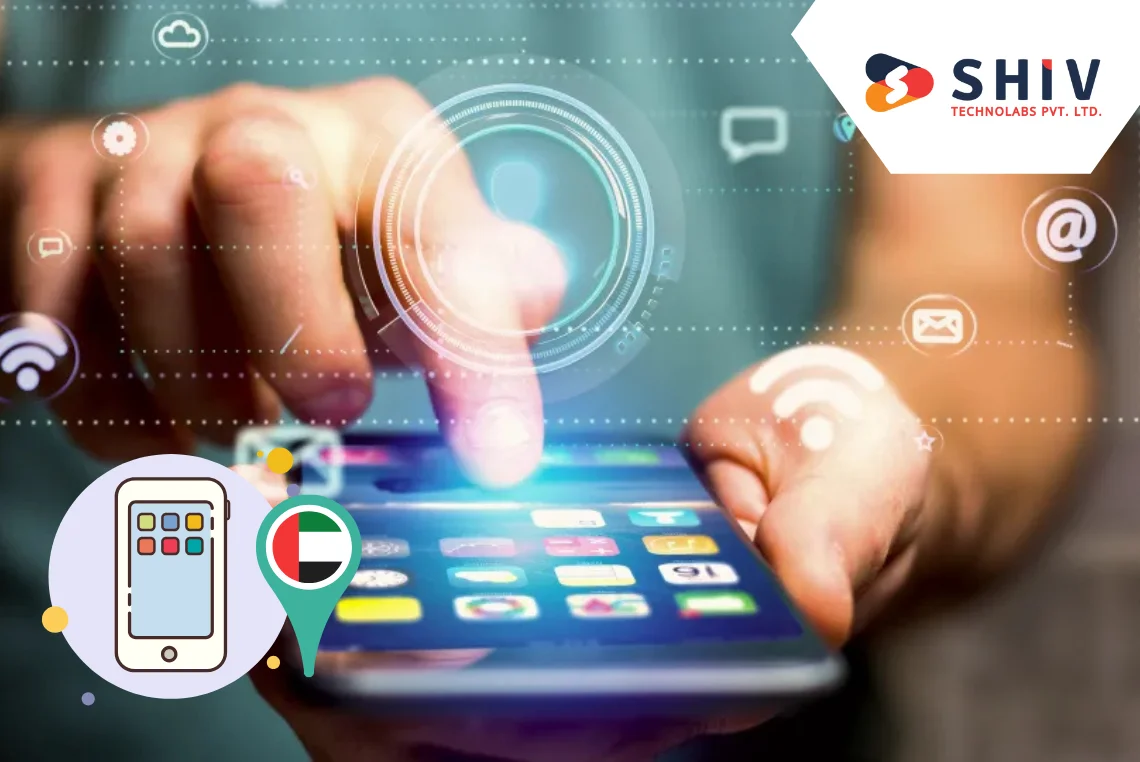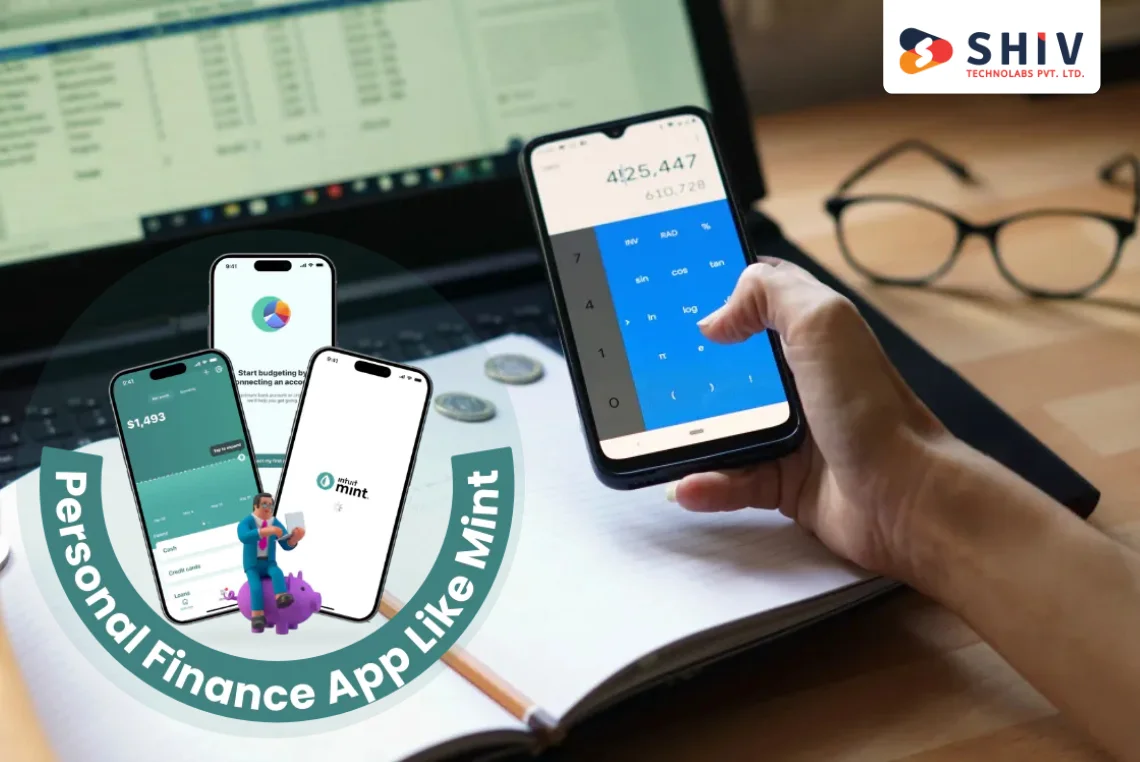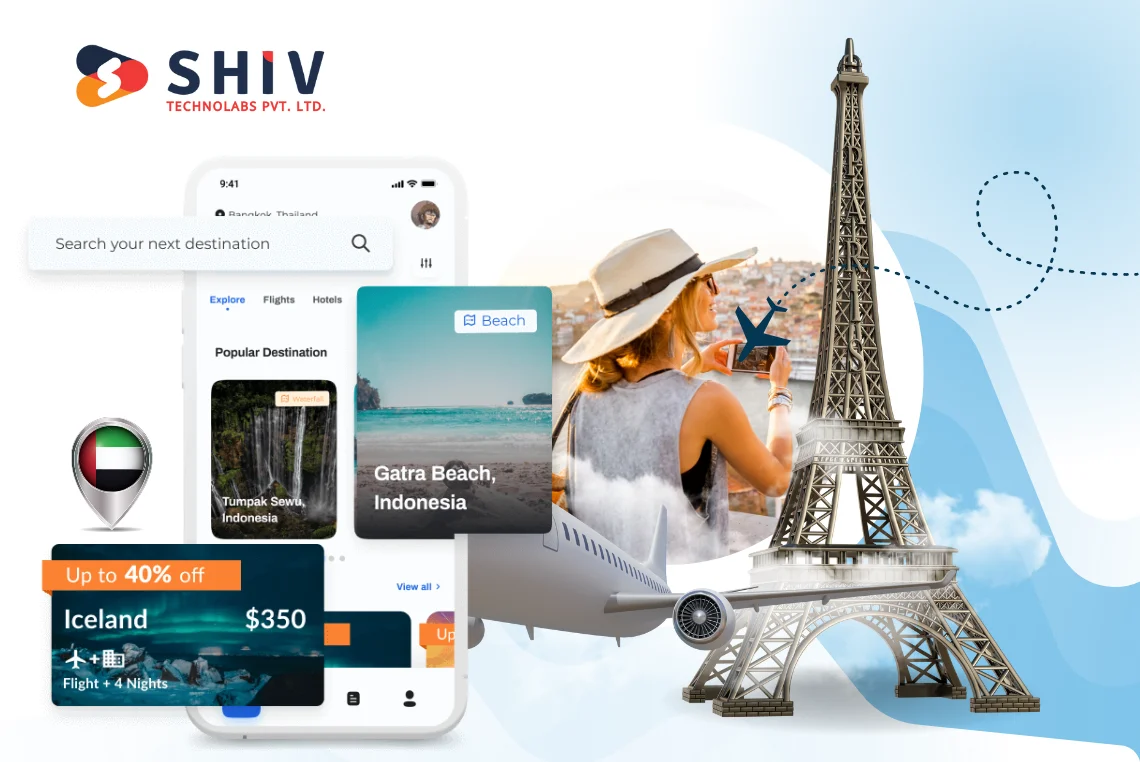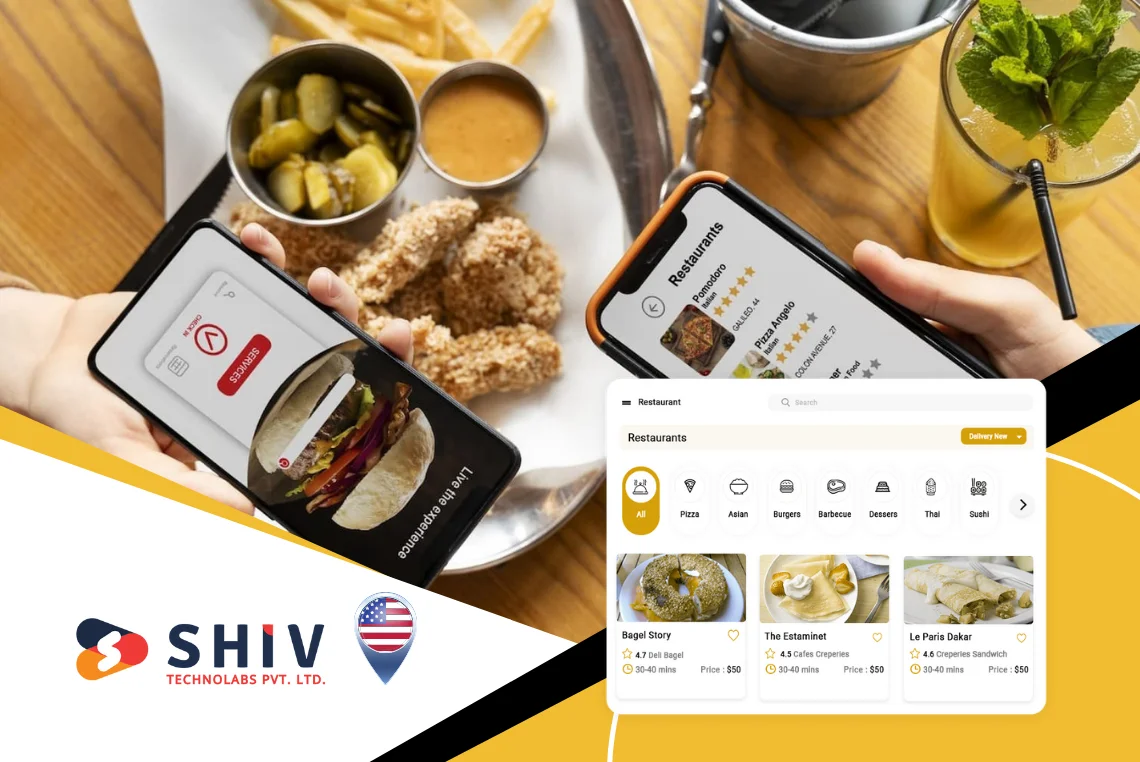Table of Contents
When starting a new business, you are faced with difficult technology choices. The reason why Flutter app development keeps reappearing is that it is fast, and you can use it to develop apps on the iPhone and Android using the same code. The question that most startup founders often ask is: What can I actually do with this tool? More to the point, where are the boundaries?
Stack overflow developer survey highlights the fact that Flutter is one of the most popular mobile tools to date, as it is used by 46% of developers worldwide. Individuals prefer it because it is fast, trustworthy and does not cost money.
But is it going to work in your particular project? This guide gives you straight answers.
Why Founders Ask About Flutter’s Capabilities
Picking the wrong technology can waste months of work and drain your budget. Once you start building, changing to a different system costs time and money you probably don’t have.
Early-Stage Choices Affect Budget and Timelines
Flutter mobile app development company experts say this framework cuts development time by half compared to making separate apps for each platform. One set of code means smaller teams can do more work in less time. This matters a lot when you need to launch quickly and money is tight.
Cross-Platform Sounds Efficient—But Will It Deliver?
Tools that work on multiple platforms have a mixed reputation. They’re fast to build with, but sometimes can’t do everything. Founders need to know if features supported by Flutter include the important stuff like user accounts, payment processing, live chat, smooth animations, and control panels. The good news is that most of these work well, though there are some exceptions we’ll cover.
What You Can Build with Flutter: Feature Breakdown

Here’s what Flutter actually lets you build, explained in simple terms. Think of this as your planning guide.
User Interface & Design
Flutter works great for creating attractive screens. You can make:
- Custom Screens: Design exactly what you want using Flutter’s building blocks.
- Animations: Provide a smooth movement effect, loading spinner, or small interactions.
- Dark Mode: Automatic light and dark theme.
- Gestures: Swipes, pinches and drags which are natural to handle.
Appearing clean and snappy, the screens feel excellent whether you are copying the video feed of TikTok or creating a business dashboard.
User Accounts & Profiles
Nearly every app needs people to sign in. Flutter handles:
- Email/Password Authentication: Connect to Firebase Auth or other login systems.
- Social Logins: Give the opportunity to sign in with Google, Facebook, or Apple account.
- Profile Settings: Change photos, passwords, usernames and other information.
Login systems work smoothly and look just like apps built specifically for each platform.
Data Storage & Sync
Apps need to save and share information. Flutter supports:
- Local Storage: Use SQLite or Hive to store data on the device for offline use.
- Cloud Sync: Link with Firebase Firestore or custom servers to update in real-time.
- Offline Mode: Save important data, so your app works even without internet.
This works well for note-taking apps, delivery services, or task management tools.
Communication Features
Flutter for startups includes most communication tools you’ll need:
- In-App Messaging: Create chat screens using Firebase or chat third-party tools.
- Push Notifications: Send alerts with Firebase Cloud Messaging.
- Contact Forms: Generate support tickets, feedback forms, and requests for help.
Even without building your own, you can connect to already existing chat services.
Access to Device Functions
Flutter gives you access to phone hardware:
- Camera: Take pictures or scan documents.
- GPS: Monitor location in real-time.
- Biometrics: Apply Face ID or fingerprint scanning.
- File Uploads: Allow the uploading of documents, photos and other files.
These features are simple to implement with a few lines of code using plugins such as camera, location, and local_auth
Payments & Transactions
You can make money with your app using:
- Payment Gateways: Connect to Stripe, Razorpay, PayPal and more.
- Checkouts Flows: Create custom payment screens or use pre-made.
- Wallet Features: Handle credits, track money, and process refunds.
This works for online stores, subscription services, and donation platforms.
Live Features & Real-Time Updates
Flutter might surprise you here:
- Live Tracking: Build location updates like Uber uses.
- Real-Time Chat: Connect to Firebase or Socket.IO to get instant messaging.
- Dynamic Content: Update screens immediately when backend data changes.
You can create engaging, interactive features that go beyond simple static pages.
Admin Tools & Analytics
Founders often wonder: can we build management tools too? Yes, you can.
- Dashboards: Develop graphic windows of charts and data sheets.
- User Metrics: The usage of your app by people should be tracked by Google Analytics or Firebase.
- Performance Monitoring: Use Sentry, Firebase Performance and their clones.
While Flutter isn’t the best choice for complex web admin panels, you can build solid mobile control tools or companion apps.
Where Flutter May Not Be the Best Fit
Not everything works perfectly. Some situations make Flutter app development harder or less suitable.
Native-Only SDKs
If your app depends heavily on special tools that only work with native code—like custom health tracking devices or unique Bluetooth systems—Flutter can be challenging. You’ll need to write connecting code or consider building separate native apps.
Heavy 3D Graphics or Platform-Specific Hardware Needs
If you’re making a game with advanced 3D graphics (like Unity games) or something that needs direct hardware access or machine learning processors, Flutter isn’t the right choice. Use native development or specialized game engines instead.
Companies that Use Flutter (And What They Built)

Let’s look at actual apps and how they used Flutter app features.
- Google Pay: Google uses Flutter for its payment app in India, focusing on consistent design and fast updates.
- eBay Motors: Built their car listing and browsing system using Flutter—clean design, fast searching, and real-time chat.
- Reflectly: A mood tracking app that uses beautiful animations and daily interactions.
Such examples prove the flexibility of Flutter at a financial, lifestyle, or marketplace level.
Should You Use Flutter for Your App Idea?
This is how to determine whether it would be good to you.
When It’s a Smart Choice
- You want to build once and release on both iPhone and Android.
- Your app doesn’t need extreme hardware performance.
- You’re focused on getting to market quickly.
- Your budget is tight, and you need an efficient team.
- You want great design and smooth user experience.
Features supported by Flutter work best when you need to test ideas, make changes quickly, and grow fast.
When You Might Need Something Else
- You’re building a game or app with heavy 3D graphics.
- Your app must use very specific native tools.
- You need complete access to platform features immediately.
In these cases, native development or a mixed approach might work better.
Final Thoughts
Flutter is one of the best tools to develop scalable apps even in 2025. Big companies and small startups use it to build operational applications. If your goal is to go live quickly, look professional, and save money, Flutter mobile app development company services can help you succeed.
Shiv Technolabs has assisted numerous founders develop effective, scalable, and friendly user apps using Flutter. Our Flutter development team can assist you in bringing your concepts to life, whether you are looking at a simple test version or an entire app that is set to be released.
FAQ
Is Flutter future-proof for 2025 and beyond?
Yes. Google promotes Flutter and maintains constant updates. Major projects use it worldwide.
Can I scale a Flutter MVP into a full app later?
Definitely. Many teams start with Flutter and grow successfully.
Which is more secure—Flutter or native?
Security depends on how you build it. Flutter supports encryption, secure storage, and HTTPS just like native apps.
Will Apple or Google reject my Flutter app?
No. Your app may not get rejected on the basis of using Flutter as long as it complies with the requirements of the App Store and Play Store.

